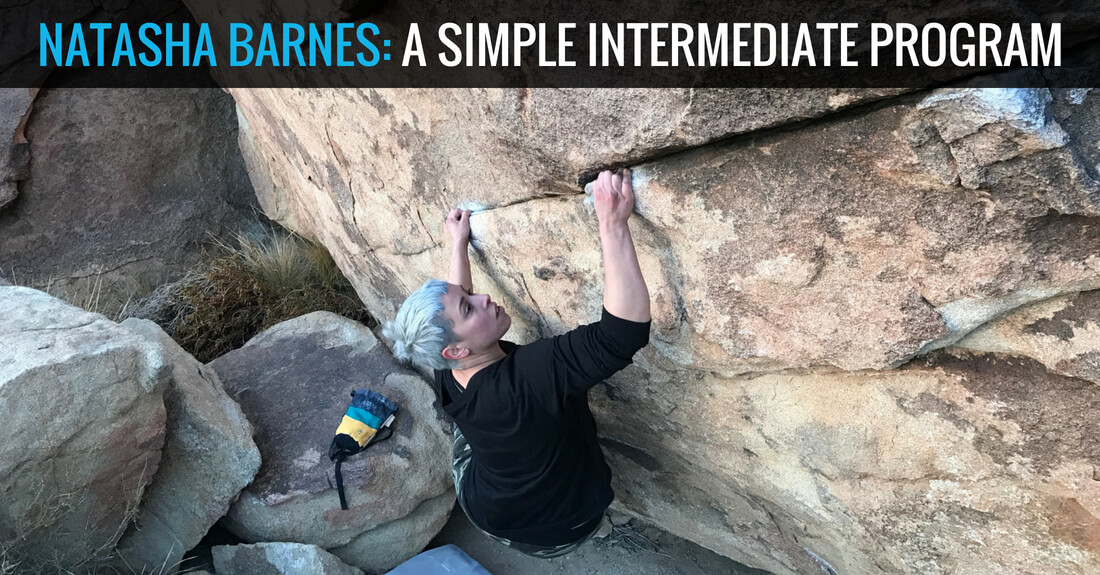In the past couple months, we’ve shared a series of articles by climber, chiropractor, and sports injury rehabilitation specialist Natasha Barnes. These two articles have been Natasha’s attempt to lay out some general principles about training that she feels climbers neglect and undermine their training efforts as a result.
The first article deals with the stress/recovery/adaption cycle and the second article covers ideas about how to manage training stress in climbing. If you have not read these articles, be sure to read them before moving on to this third installment.
In this third installment, Natasha expands on the principles she laid out in the previous two article and outlines an intermediate training program she feels takes them into account.
“In this program, you will be climbing at your limit and the only variable that will be manipulated is the volume to allow for recovery. No matter what your goal is, climbing at your limit has the most potential for generating adaptation. Failure is expected and is part of the program as long as over time there is progress via completing crux moves that you were not able to do before, linking sections or an eventual send.” – Natasha Barnes
A Simple Intermediate Program
Now, Natasha’s program will look different from what you’re used to. The main striking difference in this program is that the only variable Natasha adjusts is volume. As a result, all the training is done at a high intensity.
In practice, this means a climber on this program has heavy, light, and medium sessions. The number of attempts allowed differentiates these sessions. However, none of the climbing, in any session, is submaximal. Natasha restricts the number of attempts, in this way, to ensure that the climber can effectively recover between sessions. She believes that controlling overall training volume is a better way to prevent overtraining and overuse injuries.
Additionally, by only including “maximal” level climbing, Natasha believes this program eliminates the “junk mileage” easy climbing that doesn’t improve climbing skill and just adds to accumulated fatigue.
One quick reminder before you jump right into the program. “Intermediate” doesn’t refer to climbing ability. Max climbing grade is irrelevant. Instead, “intermediate” refers to an athletes ability to recover from training stress. Natasha covers this concept in greater detail in Article 2. Be sure to familiarize yourself with these concepts before deciding whether or not this program is right for you.
Click through below to read the full article and check out all the details of Natasha’s program for yourself!
Full Article: Natasha Barnes – A Simple Intermediate Program (link no longer in service)
(photo courtesy of natashabarnesrehab.com)
Other Articles You Might Like:
- TBP 078 :: Natasha Barnes Tells Us The 4 Best Lifts for Climbers
- Transcript Highlight: Steve Bechtel on Periodization
- 3 Crucial Principles of Training for Bouldering
- Natasha Barnes – Hamstring Injuries in Climbers






Nice, thanks a lot!
We need more article like this 🙂
Seeya
https://climbingholds.shop
Wow! This is the first time I am reading about Natasha’s program and I loved it, Matt. I couldn’t agree more with everything stated here. I think that I am suitable for the intermediate program as I admire my ability to recover training stress. 🙂